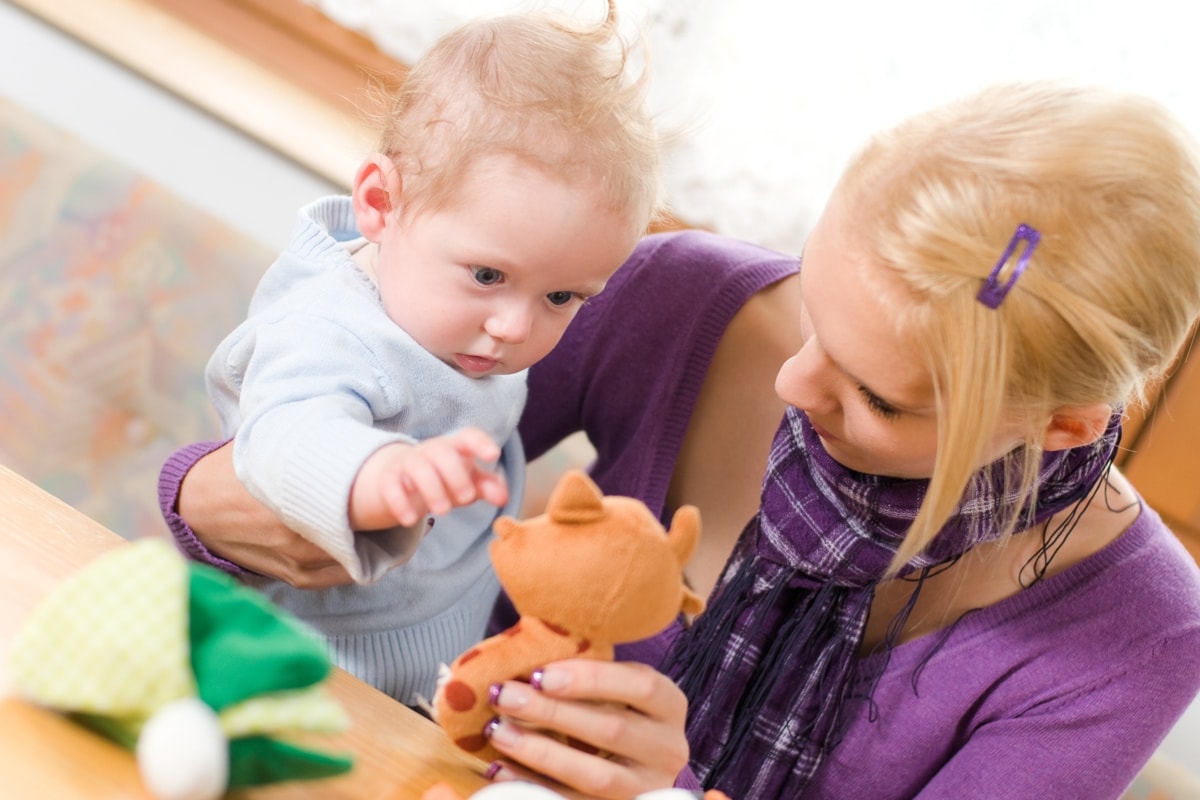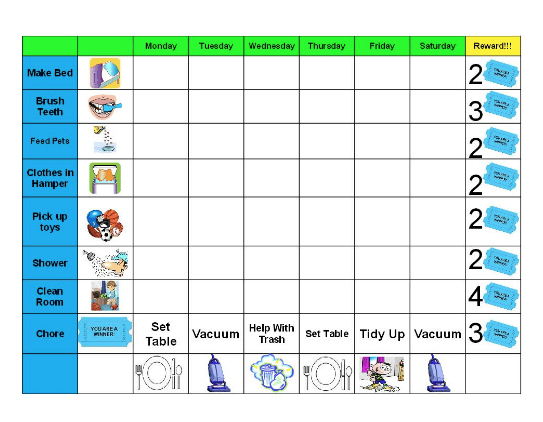
Tantrums, terrible-twos, meltdowns and tears are a normal part of children’s development. Tantrums are generally a result of children not getting what they want, but as adults we know children can’t always get what they want. With toddlers, tantrums are often an expression of a toddler’s inability to communicate what they want. So,what to do when children act out? Here are some tips of how you and your au pair can manage and prevent toddler tantrums.
Communicate and Relate
 Toddlers have tantrums for many reasons. Sometimes they can’t express what they want clearly. Sometimes they can’t express the emotions they’re feeling. Sometimes they don’t even understand why they’re upset.
Toddlers have tantrums for many reasons. Sometimes they can’t express what they want clearly. Sometimes they can’t express the emotions they’re feeling. Sometimes they don’t even understand why they’re upset.
Here are some ideas of how you can relate to toddlers.
- Relate to how the toddler is feeling by naming their feelings. Toddlers want to be heard and understood. “I understand that is upsetting…” “I see you really want…”
- Don’t match a toddler’s tone. As they yell, you get quieter.
- Give them a chance to communicate. Ask: What would make you feel better? Do you need a hug? Do you need some space?
Distract and Divert

Toddlers generally have a short attention span, which means they can easily be diverted to a different subject. A simple distraction will often calm a toddler quickly.
If your purposeful redirection is not working and the tantrum continues, try distracting with a new activity that will interest the toddler.
- Start singing a favorite song. Music often has a calming effect and your toddler may start singing too, or at least stop crying to listen!
- Play with one of their favorite toys so they want to join in
- Begin reading a favorite book, they will probably stop to listen
If distraction and redirection isn’t working, sometimes it’s best to just let the toddler cry for a few minutes. Getting out their emotions can be helpful.
- Ask if he/she wants a hug
- Stand nearby for support, but allow them to cry
- Place the toddler in a safe place where they can work through the emotions
Setting Expectations
A lot is changing in a toddler’s world. To help avoid a toddler tantrum, set expectations and forecast upcoming transitions and changes. Frame your expectations in a positive way when possible.

- Give children warnings of coming changes, “In 5 minutes, we’re going to…” “After lunch we’re going to…”
- Frame expectations in a positive way, “Hold my hand when you cross the street” v. “Don’t run across the street!”
- Make expectations short and easily understood. Ask the toddler to repeat the expectation back to you, “When we go to the store, what are we going to do?”
Be a Role Model

As parents and au pairs we are children’s first teachers. Children learn from watching, listening, and copying us. Make sure you demonstrate the behavior you want the toddler to model.
Positive Reinforcement

Help reinforce toddler behavior by rewarding behavior you want the toddler to repeat. These rewards can be tangible or intangible.
Intangible:
- Verbal praise
- Clapping/high five
- Hugs
Tangible:
- Extra privileges
- Treats
- Special outings or engaging in a toddler’s favorite activity
These behaviors can also be reinforced through visual cues. Set up a sticker or reward chart to reward positive behaviors. Here are some sample charts that can be used for toddlers and children.
Teaching toddlers can be difficult, be patient with them and be patient with yourself. The more consistent you are with your expectations the more likely your child will comply with the expectations and avoid toddler tantrums.

